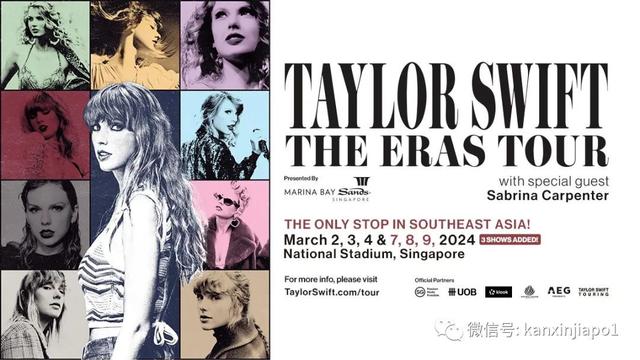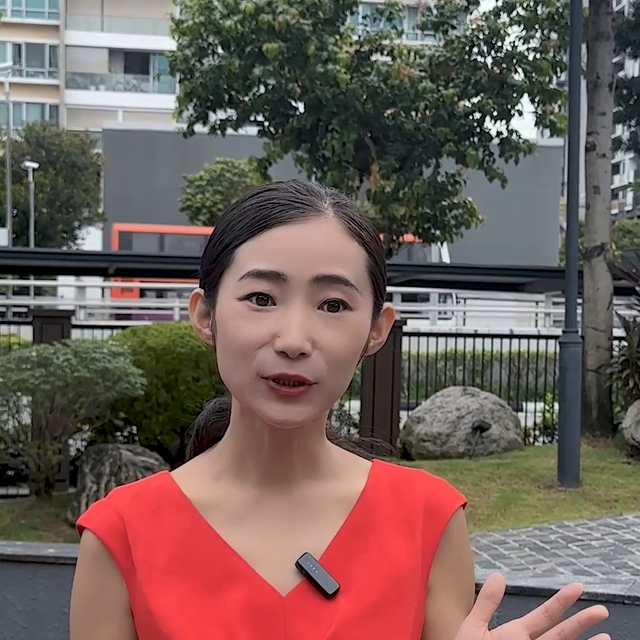亚洲女性经理人 Women managers in Asia
Women managers in Asia
亚洲女性经理人
Untapped talent
尚未开发的人才
Sexism is rife in Asia. That creates an opportunity for non-chauvinist firms
亚洲盛行性别歧视,为非男性至上公司创造良机。

IN THE West, women typically make up 10-20% of upper management and company boards. They are relatively lucky. A report from McKinsey, a consultancy, shows that Asian women lag far behind.
在西方国家,女性通常会占据管理高层和公司董事会总人数的10-20%。相对而言,她们是比较幸运的。据麦肯锡咨询公司的报告显示,亚洲女性要远远落后于此。
There are exceptions. In Australia women’s share of board and executive-committee jobs is roughly on a par with that in America and parts of Europe. Singapore too has a large number of women in senior management (see chart). But elsewhere the picture is mostly dire, and not necessarily because the countries concerned are poor. In Japan and South Korea, both rich, women are about as likely to sit on boards as men are to serve tea.
不过,例外也是存在的。澳大利亚女性所占董事会及执行委员会职位的份额则同美国和欧洲部分地区大致看齐。新加坡也拥有大量女性高级管理人员(见图表)。但图表中的其他大多地方则是糟糕的,而不一定是因为相关国家穷困。在经济均为发达的日本和韩国,女性本可在董事会同男性平起平坐,但却从事着端茶倒水的工作。
One reason why so few women in Asia get plum jobs is that in most countries far fewer of them are in the workforce than in the West, where their labour-force participation rate is usually around 60-70%. In India only about one woman in three has a formal job, though millions sweat on farms and in family businesses. Education is unequal, too. In 2009-10 only 10-15% of students entering the elite Indian Institutes of Management were female. But even in Asian countries where plenty of women leap from college onto the corporate ladder, they do not climb as high as men.
亚洲如此少量女性获取肥缺职位的原因之一是,同西方国家比较而言,亚洲大多数国家的女性劳动力要少得多,女性劳动力通常只是西方女性劳动力的60%-70%。在印度,仅有1/3的女性才有一份正式工作,而且数百万女性还在农场和家族企业挥洒汗水。此外,当前教育也是不公平的。在2009-2010年度,印度仅有10%-15%的女学生进入一流的印度管理学院。但在亚洲国家,即便有大量女性在从大学攀爬企业高层的阶梯,但她们却无法达到同男性一样的高度。
The most common reasons given are much the same as in Europe: the double burden of work and domestic responsibilities; the requirement in many senior jobs to be always available and free to travel; women’s reluctance to blow their own trumpet; and the scarcity of female role models. In Asia, an additional hurdle is the lack of public services to support families, such as child care.
最为常见的原因要同欧洲类似:工作和家庭责任的双重负担;许多高级职位总是要求有时间自由出行的人士;女性不喜欢自吹自擂;以及女性劳模的稀缺。在亚洲,一个额外的障碍是缺乏支持家庭的公共服务,如儿童护理。
So is it just a question of waiting until Asia catches up with the West? The McKinsey report’s authors, Claudia Süssmuth-Dyckerhoff, Jin Wang and Josephine Chen, think it is not as simple as that. Having studied 744 large companies and quizzed 1,500 executives in ten Asian countries, they conclude that, unlike their Western counterparts, Asian senior managers are not very interested in the subject. Some 70% of them did not see “gender diversity” as a strategic priority.
难道这只是要等亚洲追上西方的问题吗?此份麦肯锡报告的作者苏慕佳(Claudia Süssmuth-Dyckerhoff),王锦(音译)和约瑟芬认为问题并非如此简单。在对744家大公司研究和对亚洲10国1500名管理人员问询后,他们得出的结论是,与西方女性不同的是,亚洲高级管理人员对此并不十分感兴趣。其中约70%的人士并未视“性别多样性”作为一个战略重点。
The McKinsey authors think such managers are misguided. They point to companies in Asia that have done well out of recruiting lots of women, such as Shiseido, a Japanese cosmetics company (whose customers are mainly female), and Cisco, an American technology firm which snaps up Asian female talent. It is one of several Western firms that benefit from Asian sexism, in that it is easier to recruit good women when their compatriots ignore them.
麦肯锡作者认为,这样的管理者是举措失当的。他们指出,亚洲许多公司已在雇佣大量女性方面做得很好,例如,日本化妆品公司资生堂(其客户主要是女性),美国思科系统公司(急招了亚洲女性人才)。而这只是一些西方公司受益于亚洲性别歧视现象的典型代表之一。亚洲优秀女性员工受到同胞的忽视,这更易为西方公司创造可乘之机。
A study in 2011 by Heidrick & Struggles, a headhunter, found that a third of Asian executives were worried about being able to attract and retain the staff they needed in the next two years. Women could help fill the gap.
猎头公司海德思哲国际咨询在2011年的一项研究中发现,1/3的亚洲高管对未来两年能否吸引和留住必需的人才感到忧心忡忡。但女性员工有助于填补这一空白。
In a book published last year, “Winning the War for Talent in Emerging Markets”, Sylvia Ann Hewlett and Ripa Rashid found that, despite cultural constraints, women in developing countries were increasingly well qualified. Judging by what they told pollsters, they were also more ambitious than Western women, and more loyal to their employers than men.
在去年出版的《赢得新兴市场的人才之争》一书中,西尔维亚·安·休利特(Sylvia Ann Hewlett)和里帕·拉希德(Ripa Rashid)发现,尽管在文化上受到制约,但发展中国家的女性素质已在日渐提高。从民调显示来看,她们也比西方女性更加雄心勃勃,比男性员工更忠诚于雇主。
Citing studies suggesting that firms with more women at the top perform better, the McKinsey report urges Asian companies to do more to harness female talent. It will be a hard sell, but according to Ms Wang, “Five to ten years might do it.”
麦肯锡公司援引的一些研究结果称,那些在管理高层雇佣更多女性的企业会运营得更好,并敦促亚洲公司在挖掘女性人才方面做出更多努力。但王女士认为,此举将很难实施,“或许要过5-10年方可行之有效”。






















评论